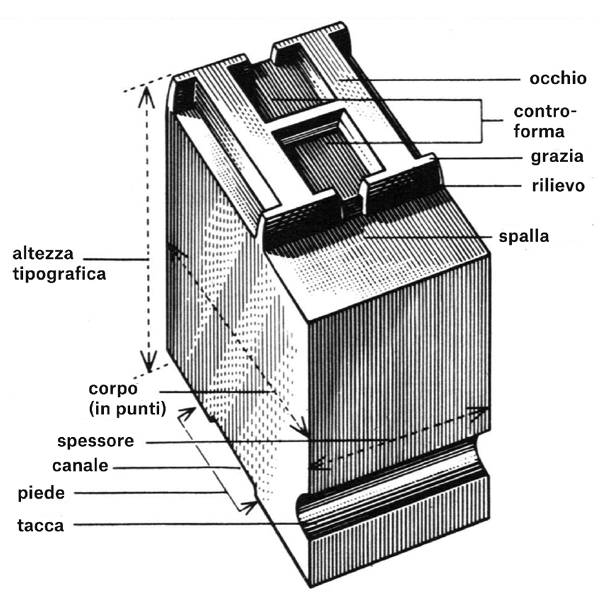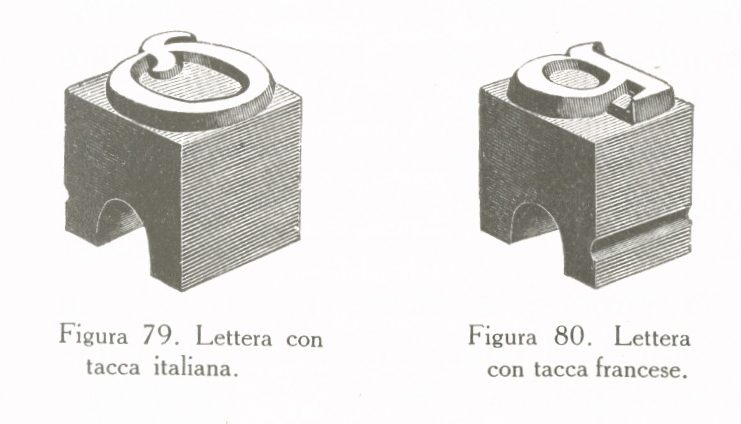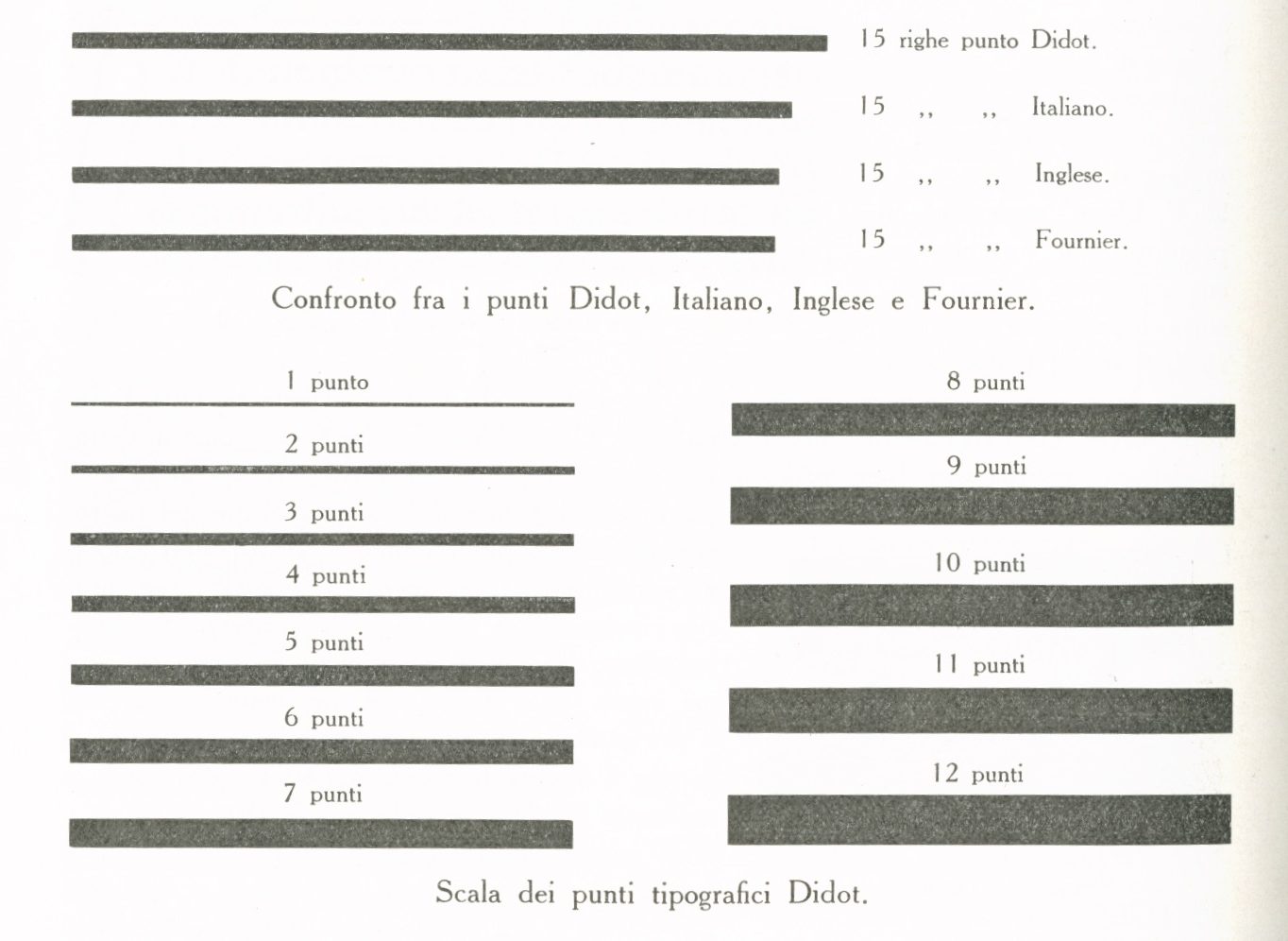Services
● Luggage and backpacks
For a better visit experience, if you have bulky suitcases or backpacks, you can leave them at the ticket office. It is not allowed to touch the exhibits.
● Pets allowed
Small animals are allowed to enter as long as they are held in your arms or in a special carrier.
Guide dogs are allowed to enter.
● Toilets
There are toilets on the ground floor.
● Food and beverage point
There is a small refreshment area available to the public with vending machines for hot and cold drinks and snacks.
● Bookshop
Available to the public, the bookshop is located at the ticket office and follows the Tipoteca opening hours.
● Free parking
● Restaurant
● Auditorium
Some tips for your visit
An outdoor garden is available for large animals.
It is not permitted to consume food or drinks in the rooms.
Smoking is prohibited inside Tipoteca.
It is possible to take photographs for personal use.
Guide to using
the web app
Using the web app is simple: follow some practical tips to get the most out of your visit experience.
● Before you start
Wear earphones.
Use your own personal device or purchase one at the ticket office. In any case, we ask you to adjust the volume so as not to disturb other visitors.
Respect the rules of good use.
Stop at the stops for the time necessary so as not to impede the visit of other users.
● Map
In the lower left corner of the screen you can access the map to orient yourself inside Tipoteca.
You can select the floor you are interested in by clicking on the buttons at the bottom left.
Then, by selecting one of the numbers on the map you will arrive at the page of the stage.
● Listening to the contents
When you open each page, a player will appear that will allow you to listen to the audio guide.
You can view the duration of each track to better organize your visit.
● Navigation
To return to the index of the route, simply click on the menu at the top right, the item “visit route” and return to the page that lists all the stages. The web app indicates (with a colored circle) which pages of the route and in-depth sheets you have already viewed.
● Accessibility
For each audio, it is always possible to read the content within the page.
What you find in the web app
● Tour stops
● Insights
The insights are divided into the following categories:
C – Typefaces
M – Machines
D – Documents
P – Protagonists
● Extra content
Whether you are on site or comfortably at home, you can delve deeper through additional photographic and video content that will be made available within the web app in the Typecast section.


